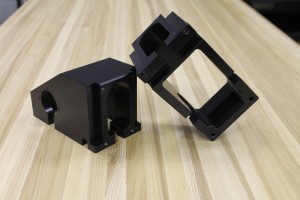
Parts that can be 3D printed
What Is 3D Printing?
Not long ago, the idea of 3D printing was one left to Science Fiction movies, but this practice of printing objects has not only become a reality but is becoming increasingly accessible as the cost to print decreases. As the accessibility and popularity of 3D printing rises, there are several changes and progressions to an array of industries that we can expect to see.
3D Printing Can Withstand Industrial Use
Originally used to print only toys or lightweight prototypes, the strength of printed objects will increase to industrial strength, allowing parts to be used in manufacturing, appliances, automobiles and even airplanes – which will be mixed with traditionally manufactured pieces.
Printed Medical Implants
It might sound far fetched, but it won’t be long until 3D printers are saving lives. It is already being used to build titanium bone implants, prosthetic limbs and orthodontic devices. The printing of soft tissue replicas is already underway at an experimental level and will likely soon lead to the printing of arteries, veins and potentially organs.
Ease of Customization
Likely beginning with novelty products, or ergonomic alterations to existing product lines, 3D printing allows companies to provide customers with advanced levels of customization of a large range of products, delivered directly to their door.
Product Innovation
Because the prototyping stage of product development is fast tracked, customers can expect to see quicker product innovation and upgrades in many industries. While the printing of prototypes is not new, the accessibility and uses for this technology continues to expand, bringing the quicker innovation to more industries at a greater scale.
3D Printing Enters Factories
Some factories are already using 3D printing to create niche components at lower costs. As the capabilities progress while the costs decrease, expect to see more companies integrating 3D printing into their production lines.
